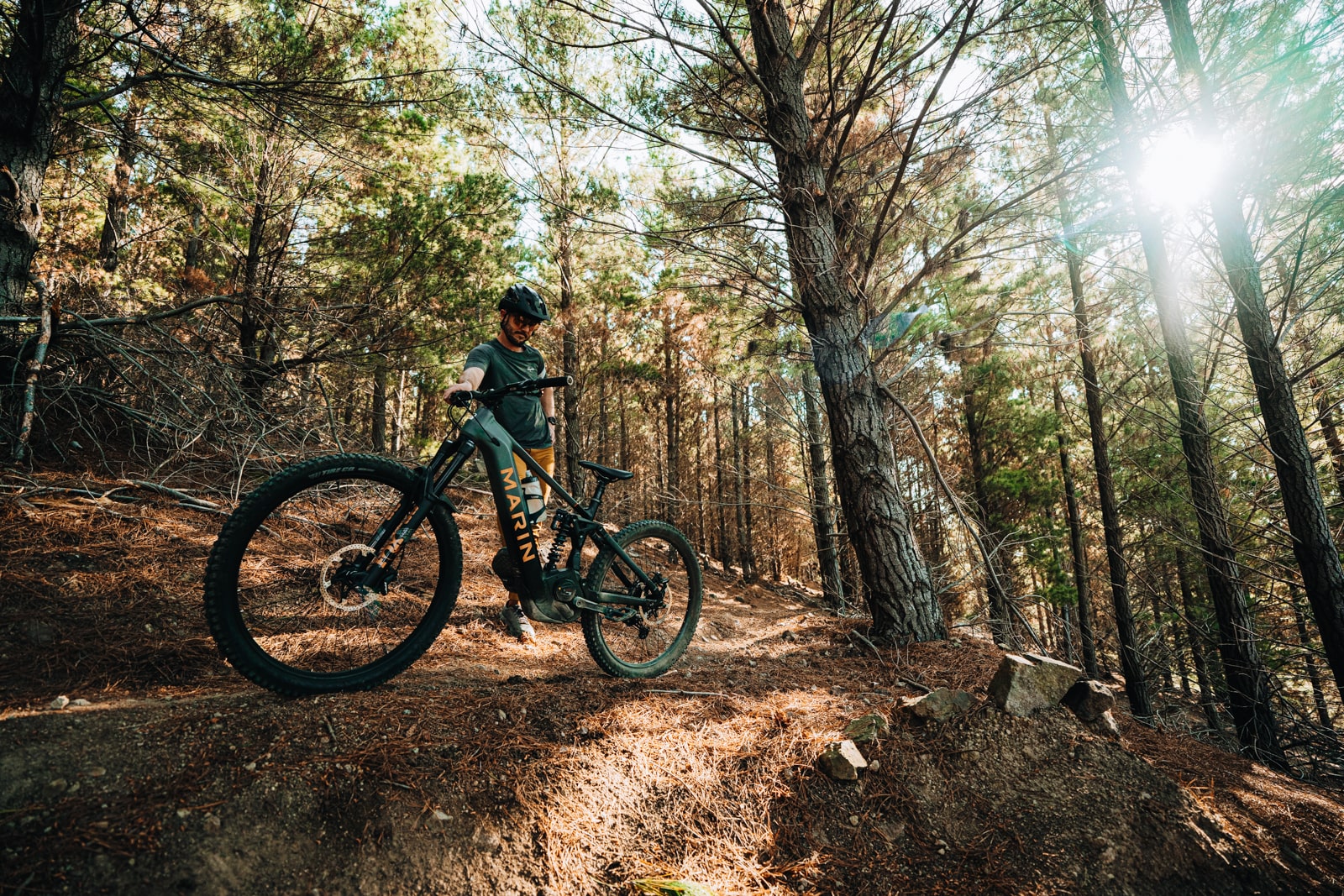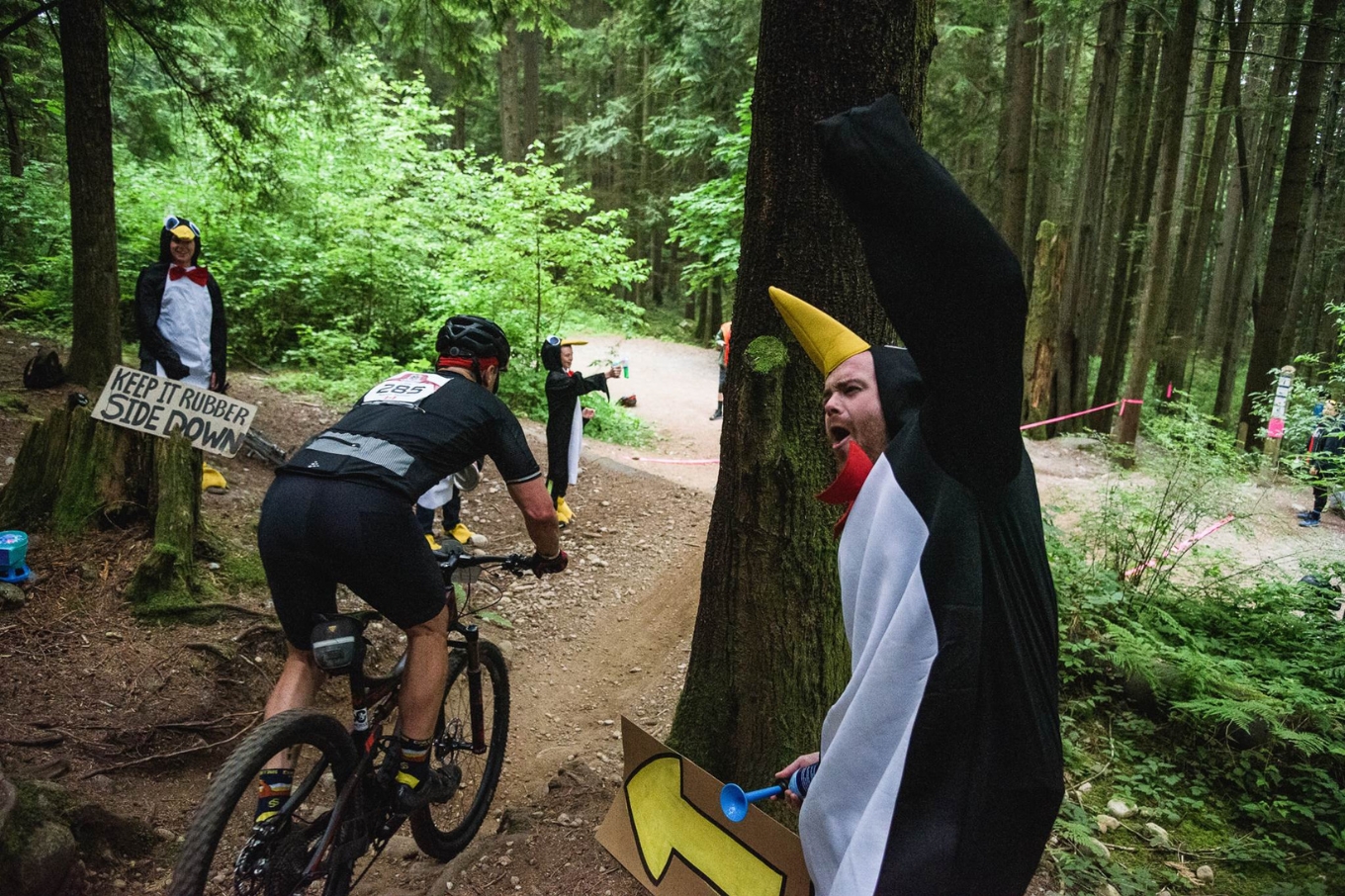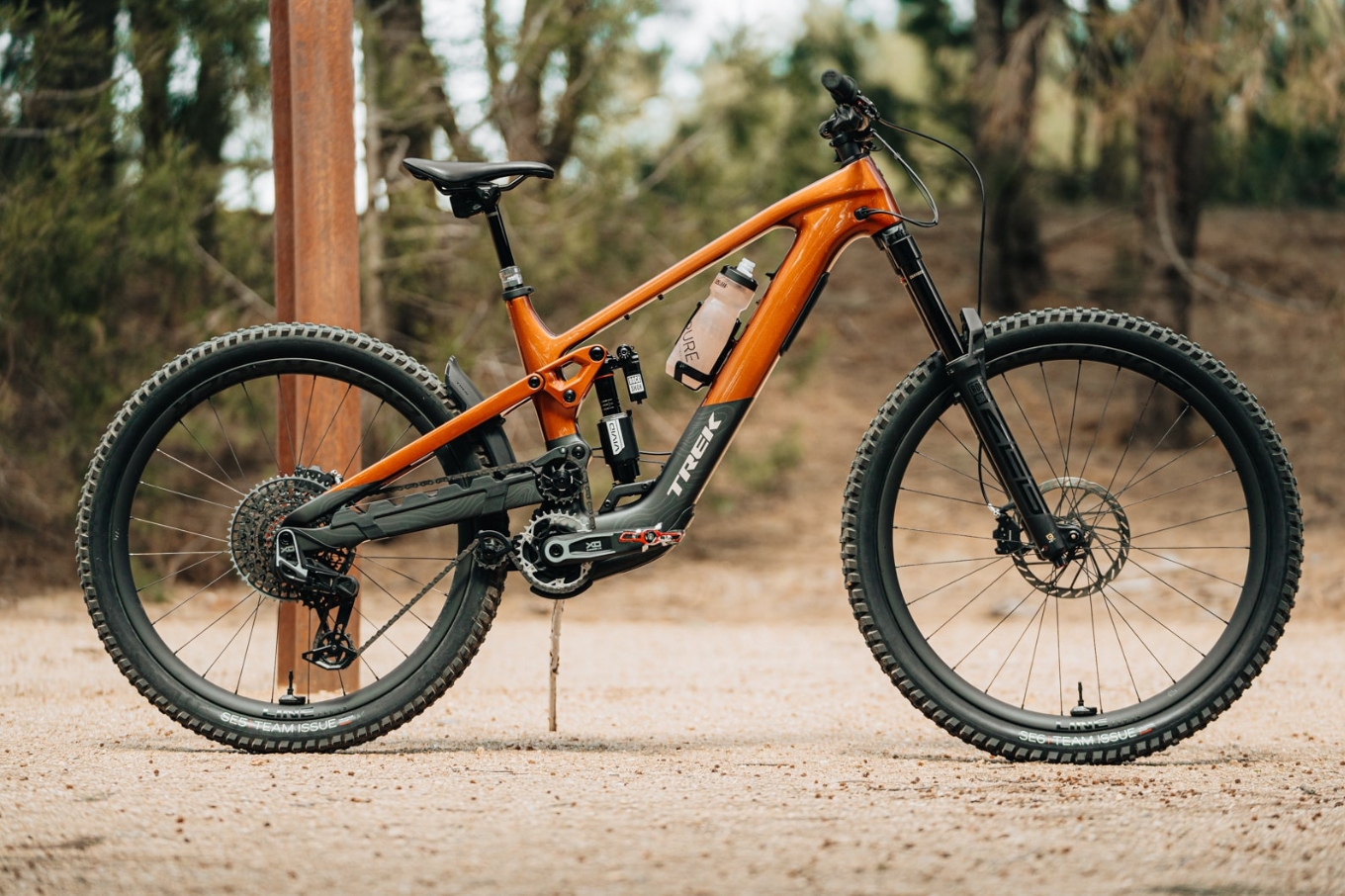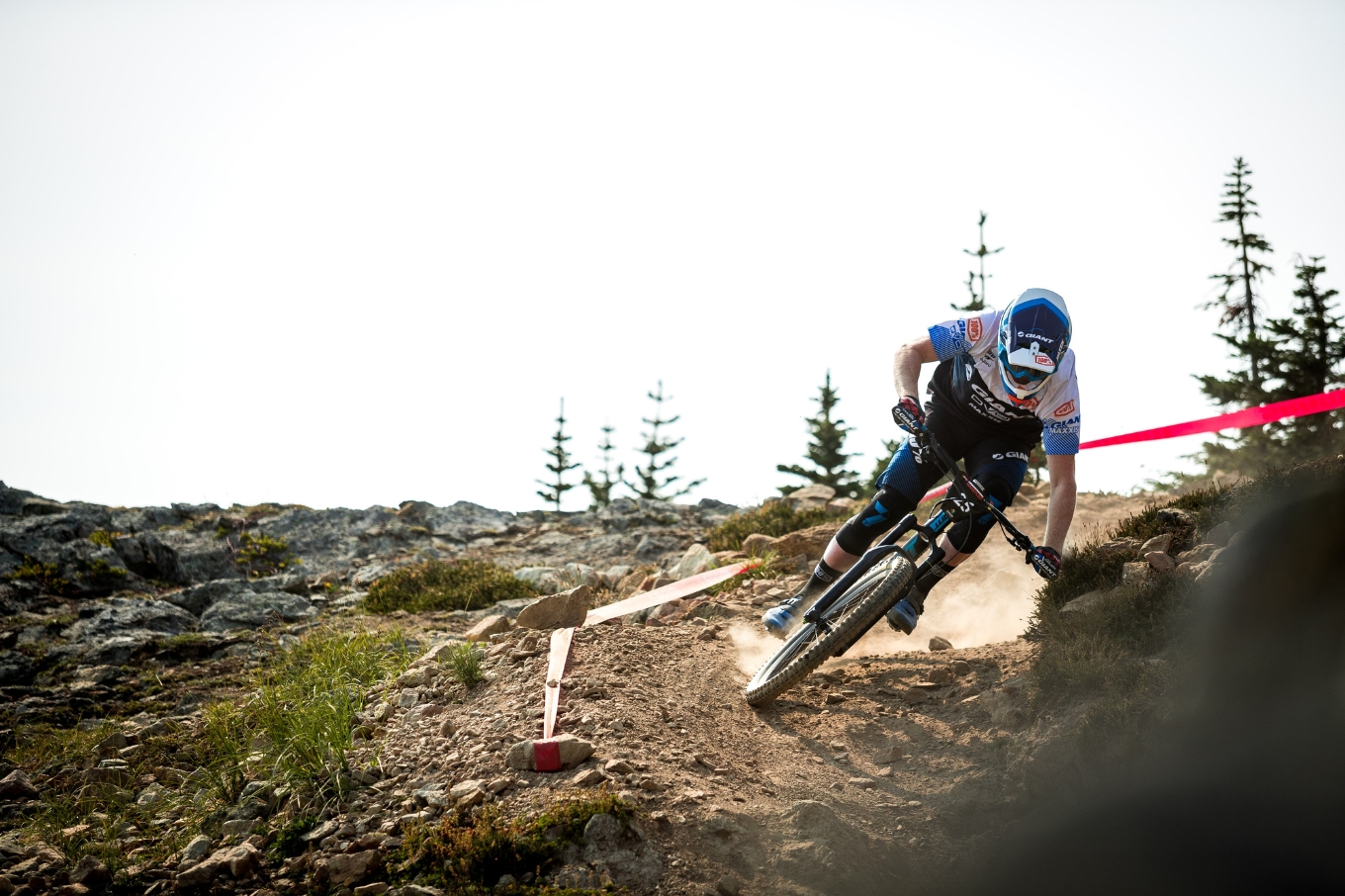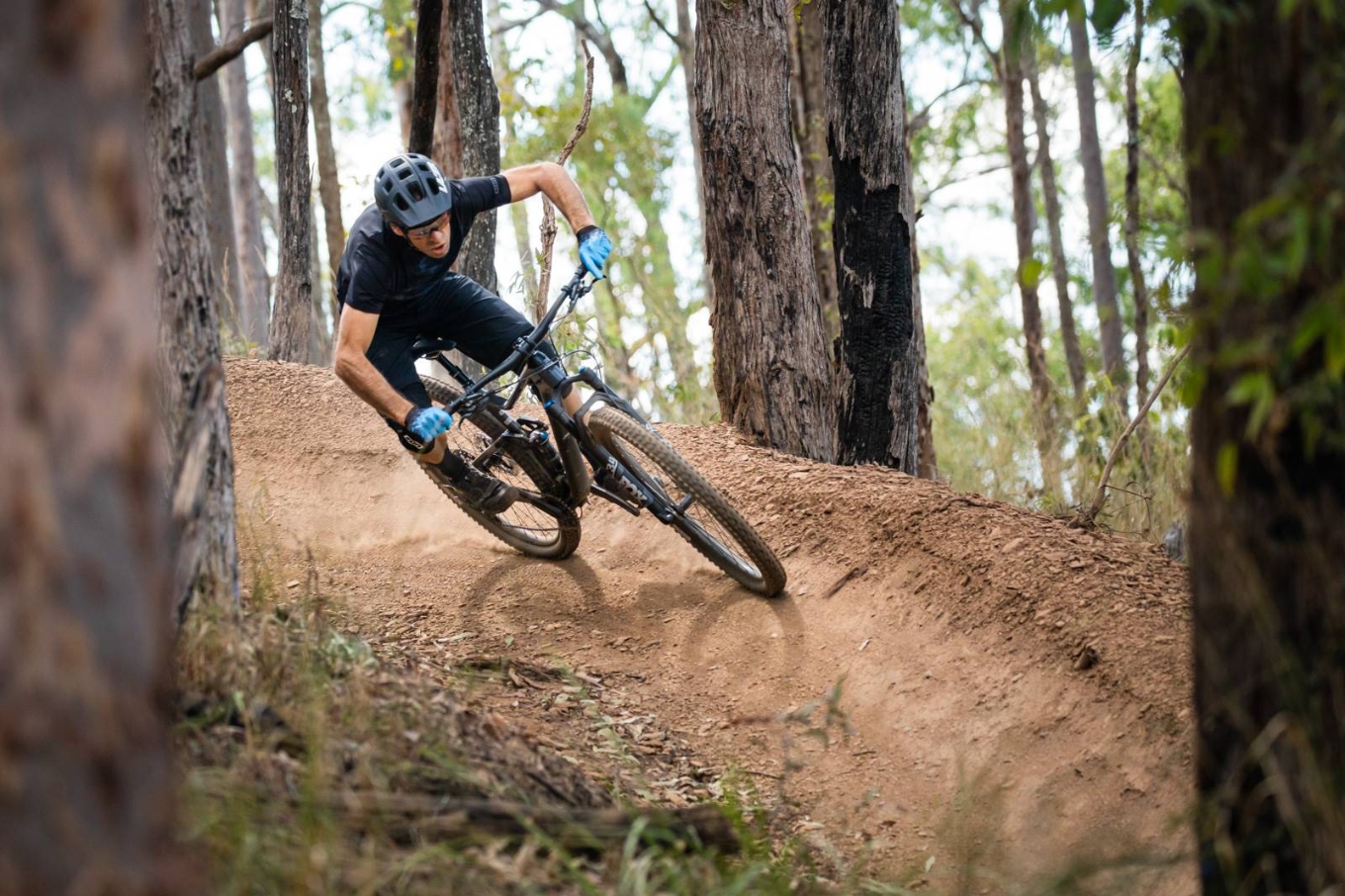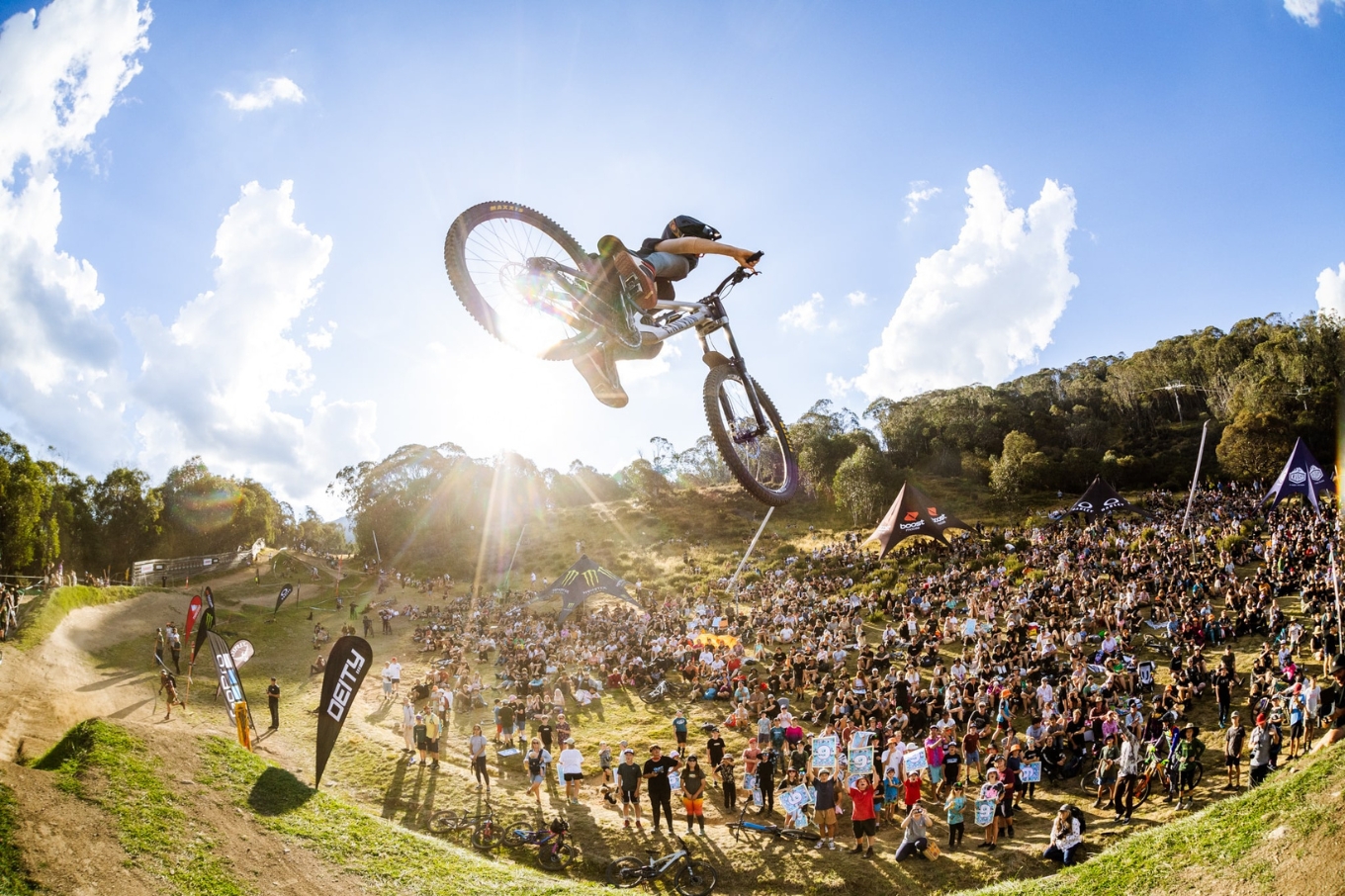How to manual rollers and tabletops at speed
It's not exactly a sentence that rolls of the tongue but it is one of the more important skills that you can learn as a mountain biker. If you can't jump them here is the best way to manual rollers and tabletops at speed.
Jumping a bike is a whole lot of fun – there’s no doubt about it. However, in the quest for speed and efficiency, jumping obstacles can quite often take the back seat for the advanced rider, especially when it comes to smaller jumps and rollers at speed. Staying low and pumping is key to going fast on a bike, and as the speed of the rider increases and the size of the obstacle doesn’t, manualing and pre-jumping comes into its own.
Pre-jumping is best used for dips and low obstacles (anything less than a comfortable bunny-hop height really), but once you start coming across higher obstacles and rollers, manualing up the face and staying low is a great technique. It’s something best avoided on a fully fledged XC bike, except for the most advanced riders. The best way to learn is with your seat way down, starting slow and working your way up to speed. Start with low obstacles and work your way up in height and remember that increased height and speed make it even more challenging. Here’s how to go about it.
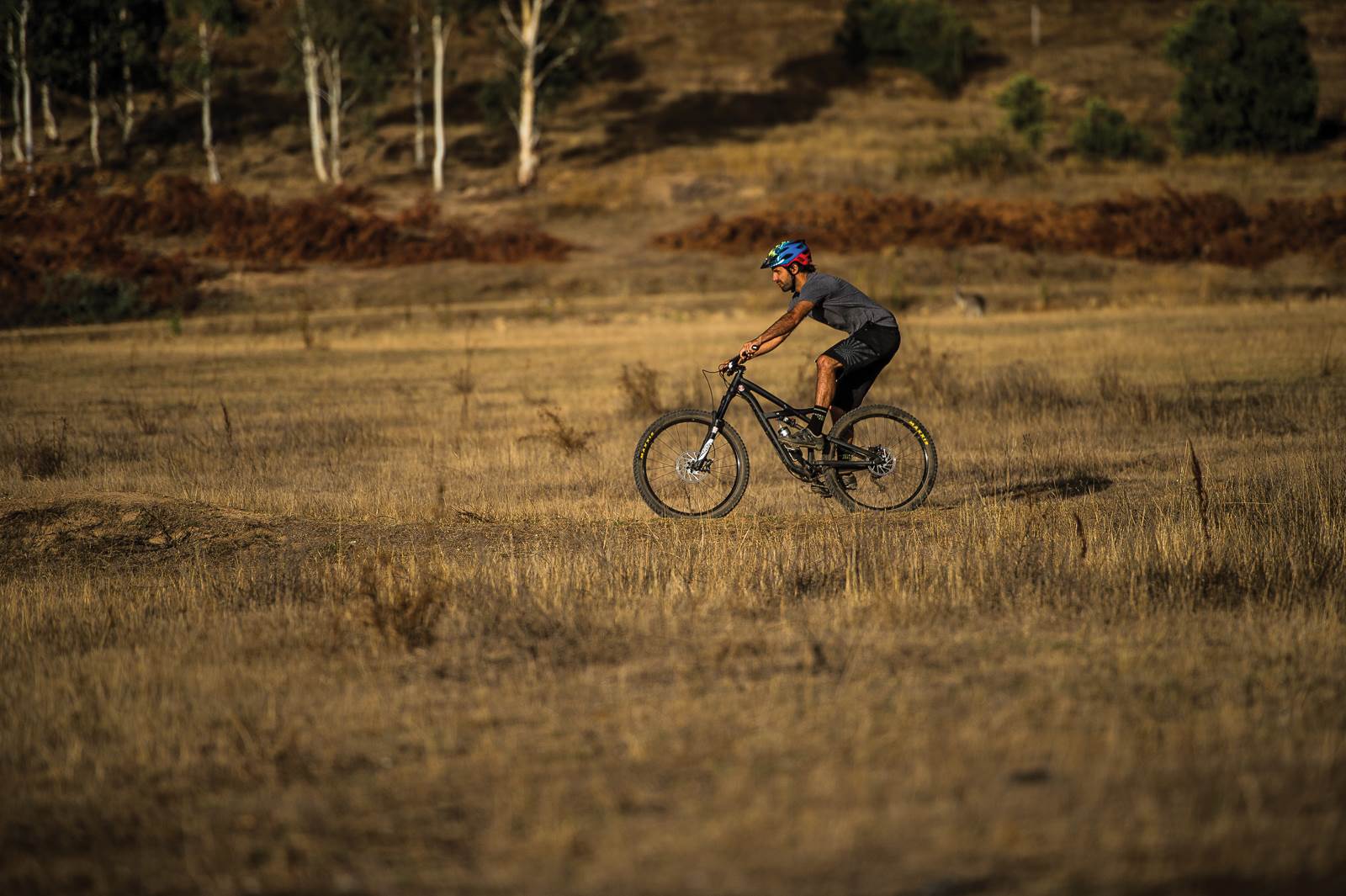
Step 1 – SPOT YOUR TARGET AND PULL UP
The key to manualing rollers and tables is to know exactly where to land your front wheel. Get this part wrong and you can end up in all sorts of trouble. You want to aim to put your front down when on the other side of the ‘lip’ or ‘peak’. Land it before or on top and you’re going to get bucked. As you spot the target for your front wheel, note the timing and begin to pull back when appropriate. More advanced riders can pull up earlier, and intermediate riders are best off leaving a smaller gap.
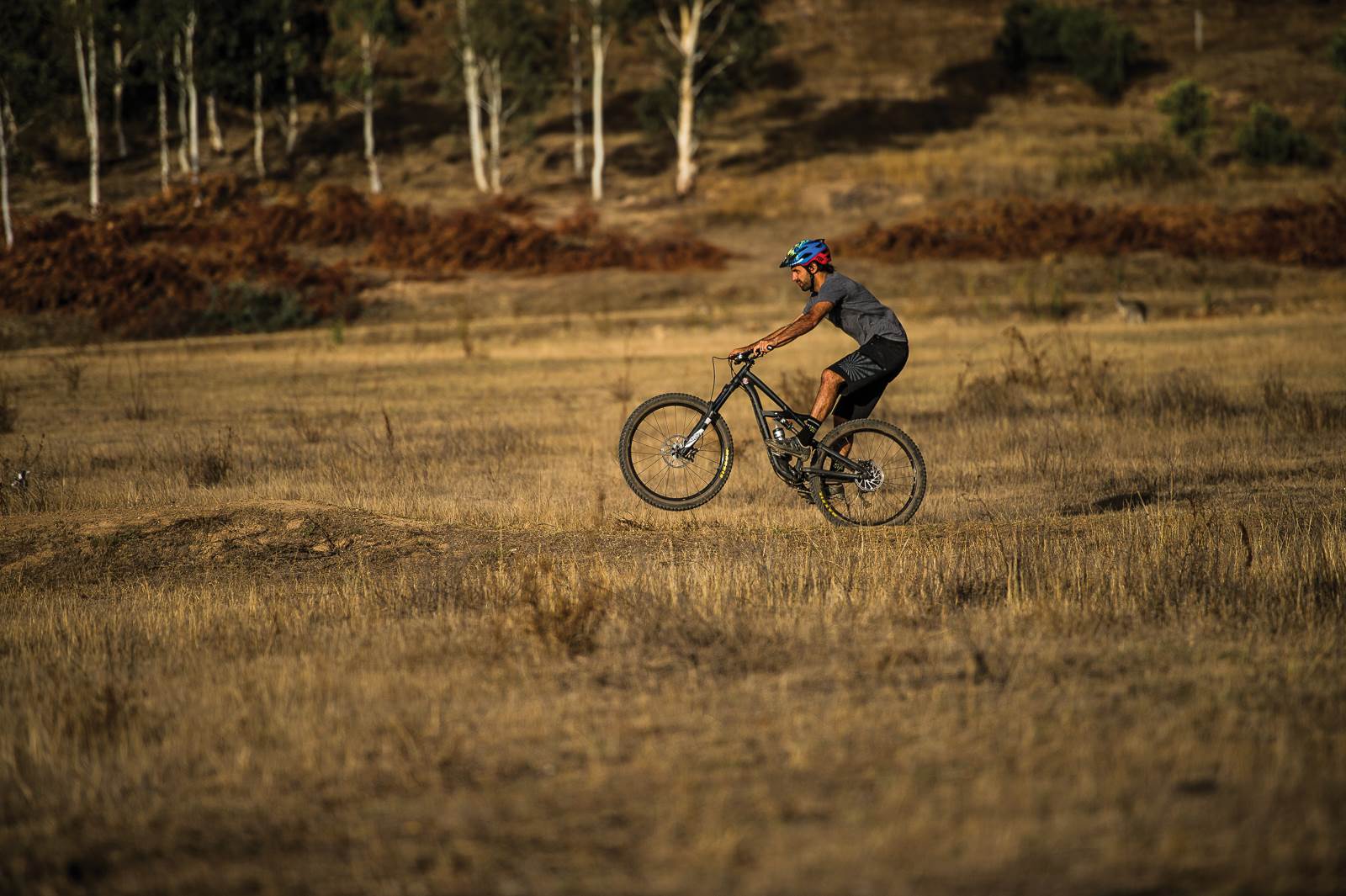
Step 2 – TIMING IS CRITICAL
The timing aspect of manualing at speed is absolutely critical. It’s paramount that you have really good control of your front wheel and where it lands. Your front wheel should almost follow the line of the obstacle before touching down on the other side and the aim is to follow it over as your wheel lifts of the ground. Remember to focus on where you want your front wheel to land and not on the peak.
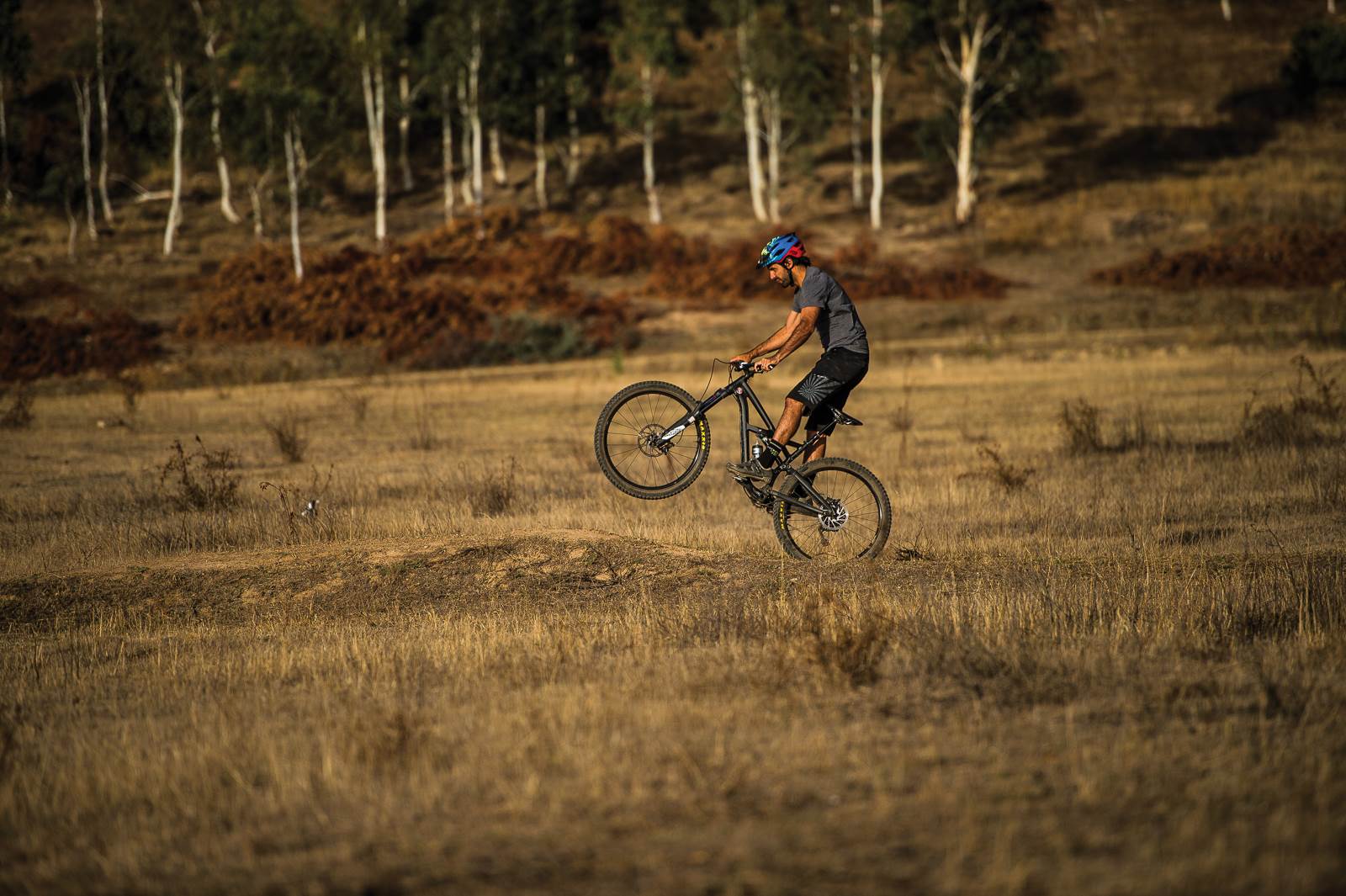
Step 3 – AIM FOR GOOD CLEARANCE
As your front wheel goes over the peak, you need to ensure you have really good clearance and at the same time begin to shift your weight forward to ensure you don’t loop out and can pump the backside of the obstacle for a little more speed. When learning, it can be beneficial to exaggerate the movement at low speed in order to get a better feel for it. You need to put a whole lot of body English into the movement on the bike to make it all happen so don’t be shy.
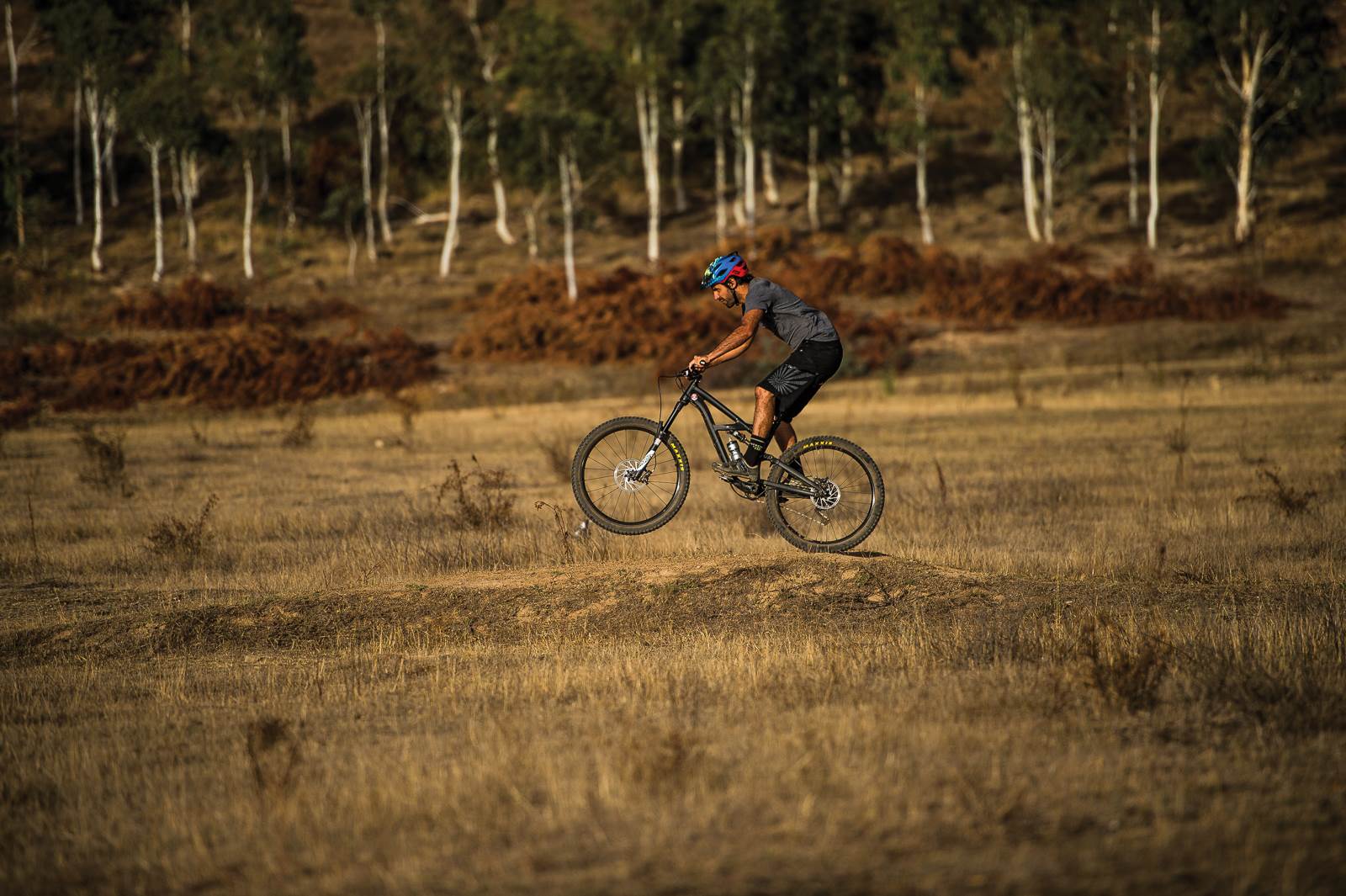
Step 4 – PUSH DOWN AND LET THE BACK WHEEL RISE
As your front wheel goes over the peak, you need to let it to fall down as you allow the back wheel to rise over the peak. This is one of the hardest parts of manualing at speed and the motion is a bit like getting bucked on a jump. Having your weight behind the seat to allow it to rise in front of you as the back wheel rises and allowing the front wheel to dip down is key. Starting slow and working up to speed is critical here.

Step 5 – PUMP OUT
Once you have everything cleared and your weight centred, aiming to pump the backside of the obstacle is a great way to gain some extra speed and also helps in rebalancing if you are a little off. As you pump down the backside, aim to push your cranks and back wheel down into the dip.

